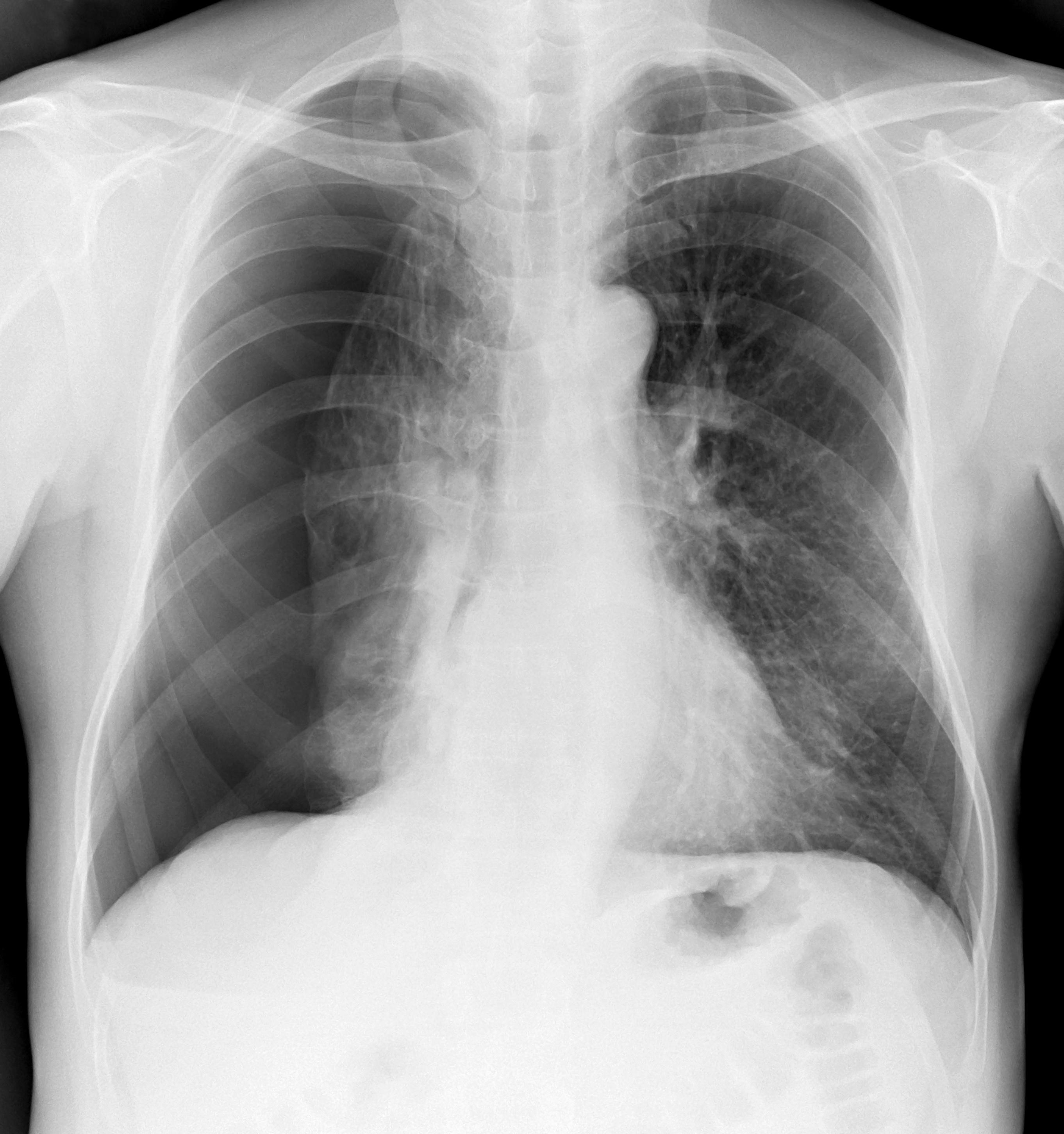Pulling Adult Teeth

Pulling adult teeth, also known as tooth extraction, is a common dental procedure that involves removing a tooth from the mouth. This procedure can be necessary for a variety of reasons, including tooth decay, gum disease, or to make room for orthodontic treatment. In this article, we will explore the reasons why adult teeth may need to be pulled, the process of tooth extraction, and the potential risks and complications associated with this procedure.
Reasons for Pulling Adult Teeth

There are several reasons why adult teeth may need to be pulled. Some of the most common reasons include:
- Tooth decay: If a tooth is severely decayed and cannot be saved with a filling or crown, it may need to be pulled.
- Gum disease: Gum disease can cause the teeth to become loose and may require extraction to prevent further damage.
- Orthodontic treatment: In some cases, teeth may need to be pulled to make room for orthodontic treatment, such as braces.
- Impacted teeth: Impacted teeth, such as wisdom teeth, can become stuck in the gum and may need to be pulled to prevent infection and other complications.
- Cracked or broken teeth: If a tooth is cracked or broken and cannot be saved with a crown or filling, it may need to be pulled.
The Process of Tooth Extraction
The process of tooth extraction typically begins with a consultation with a dentist or oral surgeon. During this consultation, the dentist or oral surgeon will examine the tooth and determine the best course of treatment. If extraction is necessary, the dentist or oral surgeon will use a local anesthetic to numb the area around the tooth. Once the area is numb, the dentist or oral surgeon will use a tool called an elevator to loosen the tooth and then remove it with forceps.
The process of tooth extraction can be either simple or surgical, depending on the complexity of the procedure. A simple extraction is typically used for teeth that are visible above the gum line and can be removed with ease. A surgical extraction, on the other hand, is used for teeth that are impacted or broken and require more complex removal techniques.
| Type of Extraction | Description |
|---|---|
| Simple Extraction | Used for teeth that are visible above the gum line and can be removed with ease. |
| Surgical Extraction | Used for teeth that are impacted or broken and require more complex removal techniques. |

Potential Risks and Complications

While tooth extraction is a common and generally safe procedure, there are potential risks and complications that can occur. Some of the most common risks and complications include:
- Bleeding: Bleeding is a common complication of tooth extraction and can be controlled with gauze or stitches.
- Swelling: Swelling is a normal part of the healing process, but can be severe in some cases.
- Pain: Pain is a common complication of tooth extraction and can be managed with pain medication.
- Infection: Infection is a potential complication of tooth extraction and can be treated with antibiotics.
- Nerve damage: Nerve damage is a potential complication of tooth extraction and can result in numbness or tingling in the face or tongue.
Aftercare and Recovery
After a tooth extraction, it’s essential to follow the dentist or oral surgeon’s instructions to ensure proper healing and prevent complications. This may include:
- Taking pain medication: To manage pain and discomfort.
- Eating soft foods: To avoid irritating the extraction site.
- Avoiding strenuous activities: To prevent bleeding and promote healing.
- Using ice packs: To reduce swelling and pain.
- Attending follow-up appointments: To monitor the healing process and remove any stitches or sutures.
What are the most common reasons for pulling adult teeth?
+The most common reasons for pulling adult teeth include tooth decay, gum disease, orthodontic treatment, impacted teeth, and cracked or broken teeth.
What is the process of tooth extraction like?
+The process of tooth extraction typically begins with a consultation with a dentist or oral surgeon, followed by the use of a local anesthetic to numb the area around the tooth. The dentist or oral surgeon will then use a tool called an elevator to loosen the tooth and remove it with forceps.
What are the potential risks and complications of tooth extraction?
+The potential risks and complications of tooth extraction include bleeding, swelling, pain, infection, and nerve damage. It’s essential to follow the dentist or oral surgeon’s instructions after the procedure to ensure proper healing and prevent complications.



